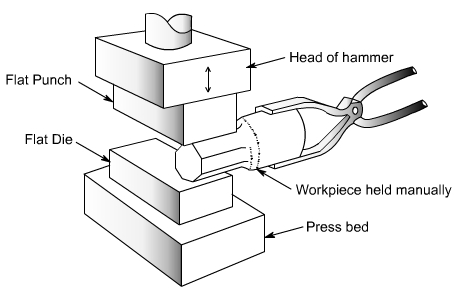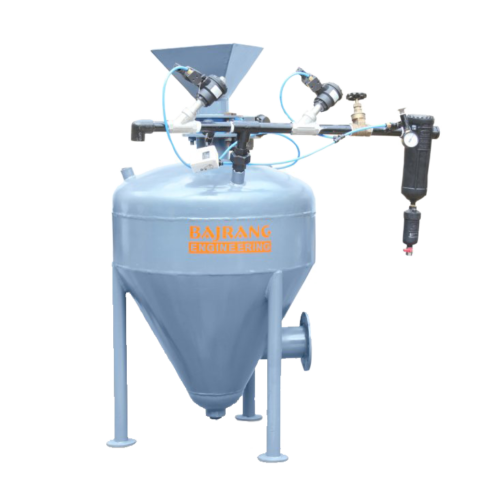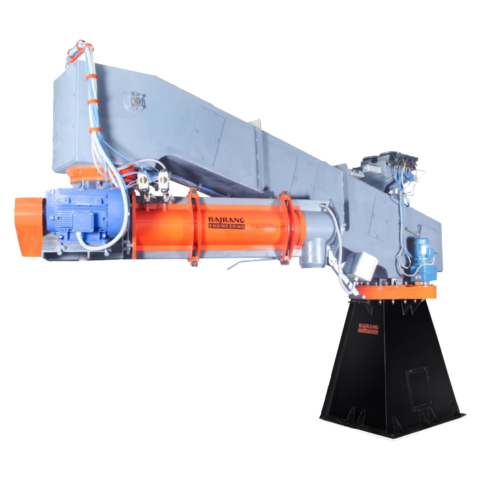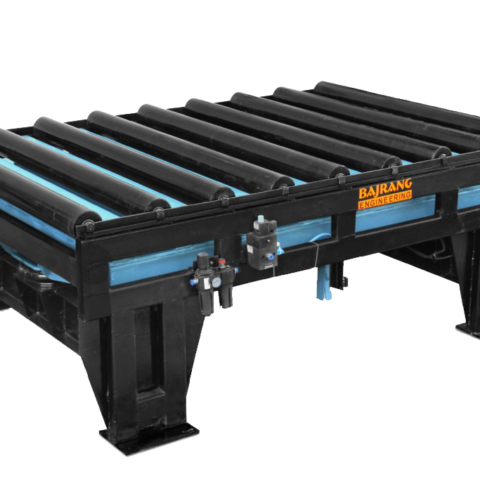
Forging Process V/S Casting Process
In this Blog I will Explain about forging vs casting. In the manufacturing process these two processes forging and casting is very crucial. Without them it is impossible to make any machinery, tools, shape etc. Forging and casting both are used in the manufacturing industries but they have a lot of difference between them. Here we will discuss about forging vs casting in detail.
What is Forging?
 It is a processes in which the metals and alloys are changed to the specific shape by compressive forces exerted by some external agencies. These external agencies may be hammers, rolls, press and an upsetting machine.
It is a processes in which the metals and alloys are changed to the specific shape by compressive forces exerted by some external agencies. These external agencies may be hammers, rolls, press and an upsetting machine.
- The portion of work in which forging is done is called
forge.
Why forging is used?
- Forging is used when a less complex object is needed to manufacture and of less heavy weight.
- It is used to get greater strength, high tensile strength, high degree of surface finish, greater productivity, more reliability, greater.
Where forging is used?
Forging is used in making rail road equipment, small tools, automobile tools and parts, in aviation industries etc.
What is casting?
 It is a process in which the material is heated to its molten state and this liquid molten material is poured into a mold of desired cavity
It is a process in which the material is heated to its molten state and this liquid molten material is poured into a mold of desired cavity
and left to solidify. After solidification the pattern that we get is called casting. The casting is taken out of the mold when the process completed.
- The metals are the general materials used for the casting
Why casting is used?
- Casting is a very old process for forming any material in desired shape. It is a 6000 year old process.
- Casting is used to make complex shapes which are not easy to manufacture commercially by other manufacturing process.
Where casting is used?
- Casting is used to make complex parts of any machine.
- It is used in automobile industries, aerospace, railways and shipping for manufacturing different parts.
- It is used to manufacture electrical equipment like motors, generators, pumps and compressor.
- If we talk about hardware industry than there, it is used to produce plumbing pipes, joints, fittings, valves etc.
- It is used to manufacture household equipment like gardening and kitchen equipment, furniture and fittings.
- There are other areas where casting is used or we can say that almost every industry use the processes of casting to manufacture their
respective products.
Difference Between Forging and Casting
|
Sr.no |
Parameter |
Forging |
Casting |
|
1. |
Heating of material |
Material is heated below its recrystallisation temperature. |
Material is heated upto its molten state. |
|
2. |
Compressive strength |
Less |
High |
|
3. |
Fatigue strength |
High |
less |
|
4. |
Improvement of imperfection or directional defects |
Yes |
No |
|
5. |
Reliability |
High |
Less |
|
6. |
Tensile strength |
High |
less |
|
7. |
Requirement of secondary finishing operation |
No |
Yes |
|
8. |
Dimensional accuracy |
High |
Less |
|
9. |
Material wastage |
Less |
More |
|
10. |
Productivity |
High |
Less |
|
11. |
Favorability of grain orientation |
Yes |
No |
|
12. |
Degree of surface finish |
High |
Less |
|
13. |
Cost of manufacturing |
less |
more |







